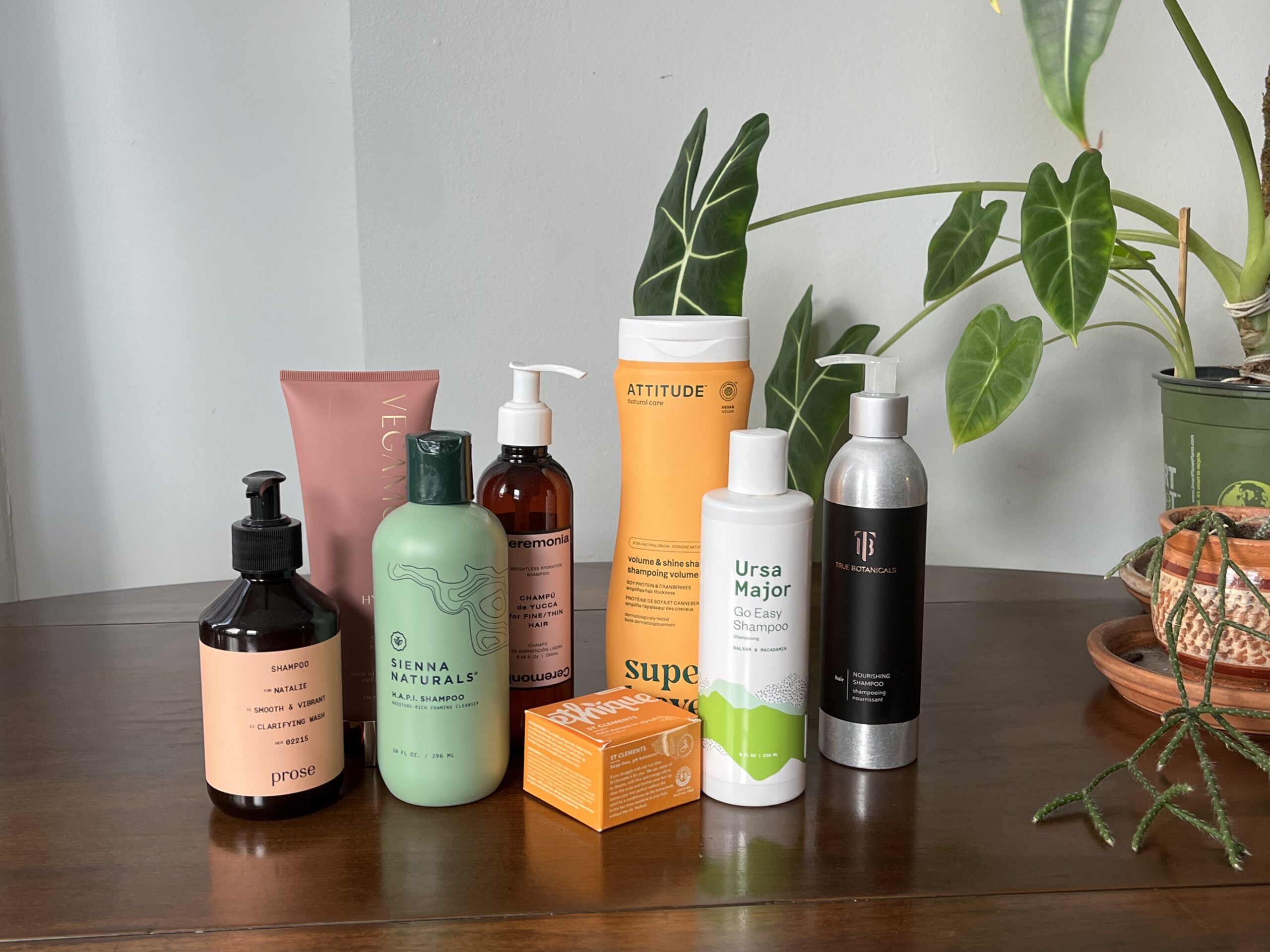In today’s thriving industry of beauty, private-label products for hair care are now an attractive option for those who want to create their niche. From nutritious shampoos to rejuvenating conditioners, demand for customized hair care products continues to grow. If you’re a veteran manufacturer or new business owner, getting into the realm of private label hair care is a thrilling possibility. This complete guide will take you through the necessary steps needed to develop your collection of private-label haircare products.
Consumer Insights
Conduct thorough market research to discover trends in consumer preferences, trends, and market gaps in the hair care sector. Review competitor strategies, pricing models, and offerings to discover potential opportunities to differentiate. Learn about the demographics of your customers that including hair types, issues, and purchase habits, and help inform the development of products and marketing strategies efficiently. If you understand market dynamics and the needs of consumers and preferences, you can customize your private label hair care items to satisfy consumer demand and get a competitive edge on the market.
Product Development and Formulation
Work with experienced formulators to create innovative and efficient formulas for hair care that satisfy the specific needs and preferences of consumers. Explore high-quality ingredients, which include organic extracts and essential oils, as well as advanced ingredients to develop unique formulas that deliver tangible advantages. Think about factors like hair type, hair concerns (e.g., frizz, dryness, damage), and desired results (e.g., the ability to volumize and smooth, enhancing) to create products that are tailored to your intended audience. Make sure you prioritize safety, efficacy, and sustainability during the process of formulation to create quality products that appeal to the consumer.
Branding and Identity
Develop a brand identity that is reflective of your mission, values, and distinctive selling point within the market of haircar market. Establish the essential elements of your brand, such as the logo, packaging design, and the message of your brand, to develop a coherent, distinct, and identifiable brand. Create captivating brand stories that resonate with your intended audience and set your products apart from those of your competitors. Make sure you invest in attractive packaging that conveys your brand’s personality and entices customers. Through establishing the foundation of a strong brand image, you will be able to build trust as well as loyalty and respect with consumers, which will lead to long-term success for your private label hair products.
Regulatory Compliance and Safety
Be sure to comply with the requirements of the regulatory authorities and safety guidelines that govern the creation, labeling, and distribution of products for hair care. Learn about rules and regulations like the FDA’s Cosmetic Labeling Guide as well as Good Manufacturing Practices (GMP) for cosmetics in order to ensure compliance with the law and the safety of your product. Conduct thorough testing of your products and safety tests to confirm the effectiveness, quality, and security of your products. Prioritize transparency and accuracy when it comes to the labeling process, which includes ingredient lists, usage guidelines, and safety alerts to give consumers the necessary information to make an informed purchase decision.
Distribution Strategies and Channels
Develop a well-planned distribution strategy to efficiently reach your targeted customers and increase the reach and visibility of your private label hair care products. Explore a wide range of options for distribution, such as brick-and-mortar stores, online marketplaces, as well as spas, salons, and other businesses for a wider reach and to increase sales. Develop strong relationships with retailers, distributors, and industry leaders to improve the visibility of your brand and increase its credibility. Use data-driven insights and analysis to improve distribution channels as well as distribution strategies, while ensuring effective inventory management and prompt product delivery to meet customer demands.
Marketing and Promotion Strategies
Develop a comprehensive marketing and promotion plan to increase awareness, create demand, and increase sales for your private label products for hair care. Utilize the digital channels of marketing, such as influencer partnerships, social media, and email marketing, to reach your targeted audience and highlight the benefits of your product. Create engaging content, like tutorials, reviews, and articles, which will help educate and inspire customers. Create promotional campaigns, giveaways, or product launches to generate excitement and motivate purchases. Analyze and monitor important performance metrics to assess the efficiency of your marketing strategies and to optimize your strategies to achieve maximum effectiveness and return on investment.
Conclusion
In the end, launching private-label hair products is an opportunity for entrepreneurs to take advantage of the growing need for customized beauty products. If you follow this comprehensive guide, you will be able to navigate the challenges of developing a product and the branding process, regulatory compliance, and marketing to introduce your private label hair products for hair care.
